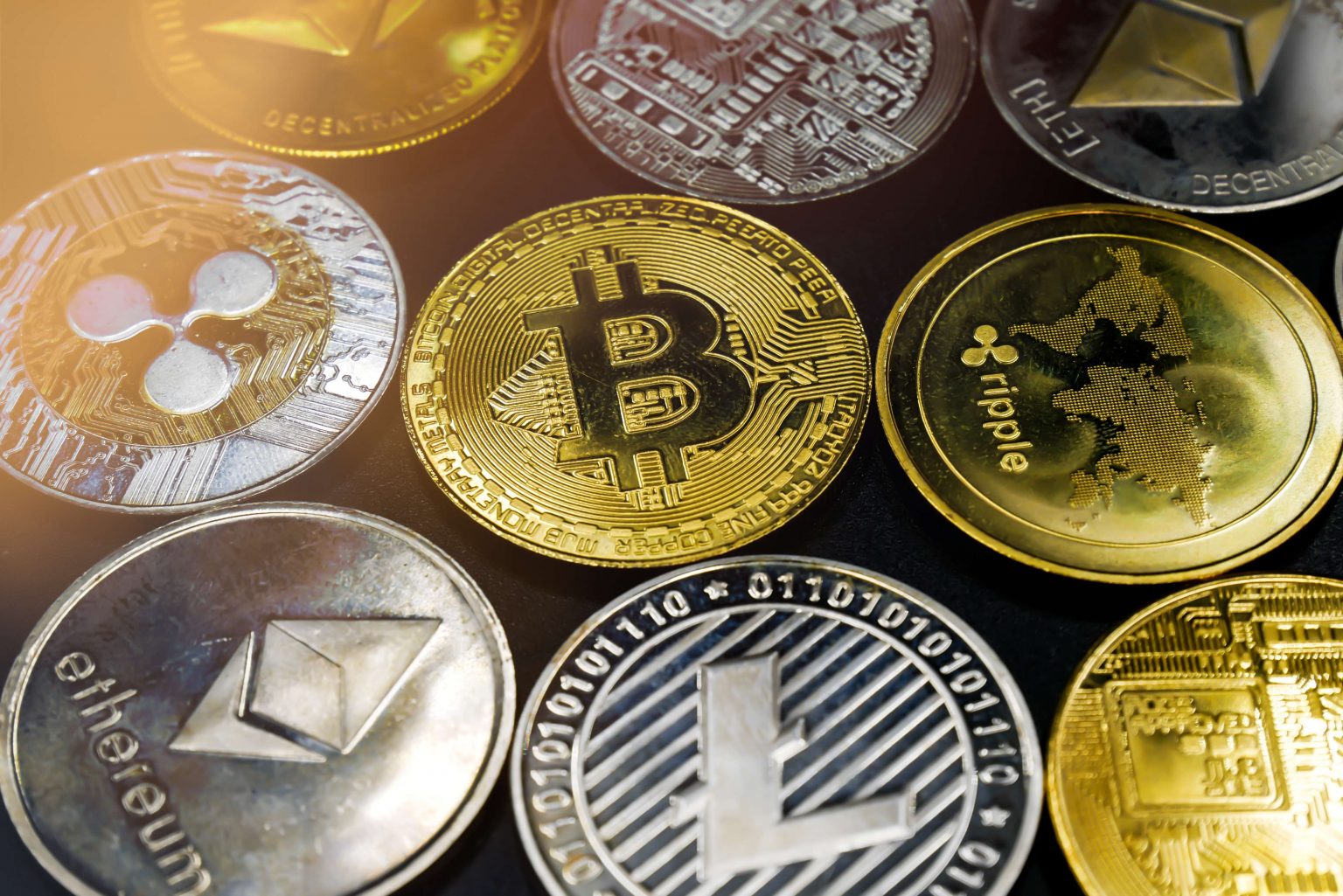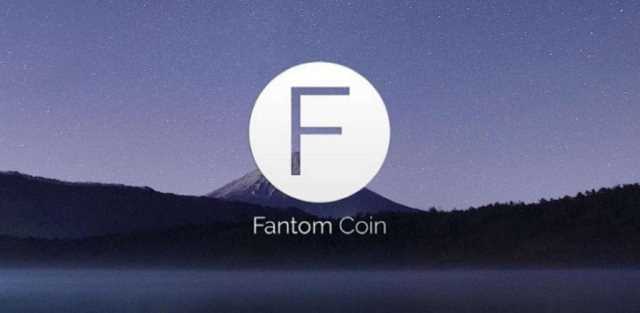
The update to the Ethereum network, known as the Ethereum Improvement Proposal 1559, introduces a base fee to Ethereum transaction fees, something all users are required to pay when they send a transaction. This proposal introduces a “burn” which – simply put – would allow for coins to be “burnt” or eliminated, thus reducing supply. Ethereum’s growth is attributed to an increasing number of developers building decentralized finance (DeFi) applications on the Ethereum blockchain platform. The rise of non-fungible tokens (NFT) also increases demand for Ethereum. If the submitted ERCs show promise in terms of the potential improvements they will introduce to the Ethereum protocol, they are then submitted for discussion within the community more broadly. Subsequently, they acquire the status of EIPs, and their ultimate implementation is submitted for consideration.

Ethereum Explained: Blockchain 2.0 and its Uses
Besides buying Ether directly, you could also try investing in companies building applications using the Ethereum network. If you’d like help managing your investment, you could also buy into a professional investment fund like the Bitwise Ethereum Fund or Grayscale Ethereum Trust. Last, there is no limit on the number of potential Ether tokens, while Bitcoin will release no more than 21 million coins. One of the most popular and advanced blockchain technologies at present time. Initial coin offerings (ICOs) allow developers to sell the idea of their product to pay for its creation — it’s like Kickstarter, but for dApps.

What is Ethereum (ETH) and how does it work?
Another of the fundamental concepts for understanding how Ethereum works is that of Gas – the unit that determines the fee that must be paid when carrying out a transaction on the platform, whether to transmit value or launch a smart contract. It is important to understand that, as in all blockchains, Ethereum groups transactions into What is Ethereum blocks that will successively link together. From a purely technical point of view, Ethereum is what is known in computer science as a state machine of a transactional nature. A state machine is any system that reads inputs (input data), and based on these, transitions to a new “state” (in this case, a change in account balances).
A Little More Detail: How Does Ethereum Work?
This means that the most recent state of the ledger shared by Ethereum nodes will be the canonical version that all network participants will accept as valid. When there is no consensus regarding the current “state” of the network due to an unresolvable dispute, a point can be reached where the blockchain ends up forking – this is what is referred to in English as a fork. You can use Ether as a digital currency in financial transactions, as an investment or as a store of value. Ethereum is the blockchain network where Ether is held and exchanged. As mentioned above, this network offers a variety of other functions outside of ETH.
- You might consider investing in the Ethereum network for a few reasons, according to DeWaal.
- When considering cryptocurrency exchange rankings, though, both of these types of businesses (exchanges and brokerages) are usually just thrown under the umbrella term — exchange.
- It was founded by eight people who prided themselves on being blockchain enthusiasts.
- In 2022, Ethereum 2.0 switched the crypto’s blockchain from a proof-of-work consensus mechanism to proof of stake.
- Despite their purely digital nature, blockchain networks also have an important social component – in the end, those in charge of managing the nodes, conferring a market value to the native tokens, and updating the software, are human beings.
- So, now you not only know what is Ethereum but also how it works.
